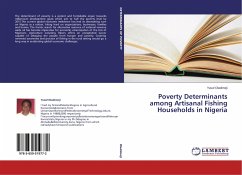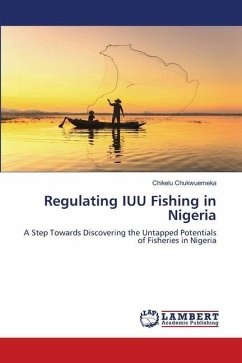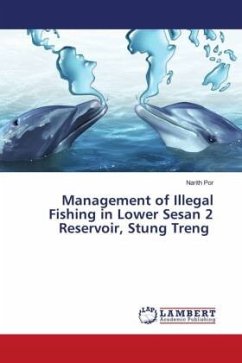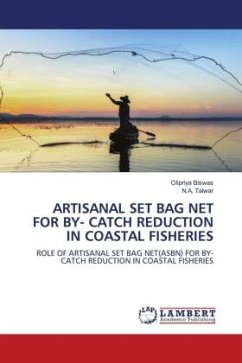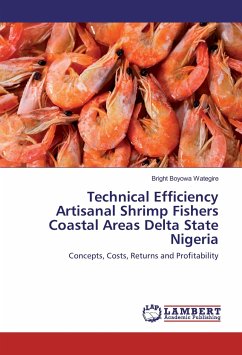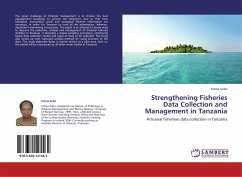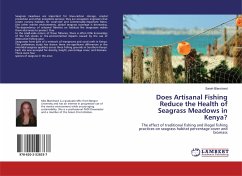
Does Artisanal Fishing Reduce the Health of Seagrass Meadows in Kenya?
The effect of traditional fishing and illegal fishing practices on seagrass habitat percentage cover and biomass
Versandkostenfrei!
Versandfertig in 6-10 Tagen
27,99 €
inkl. MwSt.

PAYBACK Punkte
14 °P sammeln!
Seagrass meadows are important for blue-carbon storage, coastal protection and other ecosystem services; they are ecosystem engineers that create nursery habitats for coral-reef and commercially important fishes. Like other marine environments, global seagrass coverage is decreasing. The dependency of artisanal fisheries on habitats like seagrasses makes them vital areas to protect. Dueto the small-scale nature of these fisheries, there is often little knowledge of the fish stocks or the environmental impacts caused by the use of destructive fishing gear. Seagrasses form part of a network of m...
Seagrass meadows are important for blue-carbon storage, coastal protection and other ecosystem services; they are ecosystem engineers that create nursery habitats for coral-reef and commercially important fishes. Like other marine environments, global seagrass coverage is decreasing. The dependency of artisanal fisheries on habitats like seagrasses makes them vital areas to protect. Dueto the small-scale nature of these fisheries, there is often little knowledge of the fish stocks or the environmental impacts caused by the use of destructive fishing gear. Seagrasses form part of a network of mangroves and coral reefs in Kenya. This preliminary study has shown there are significant differences in the intertidal seagrass qualities across three fishing grounds in Southern Kenya. Each site was surveyed for density, height, percentage cover, and biomass. There were fourspecies of seagrass in the area:



